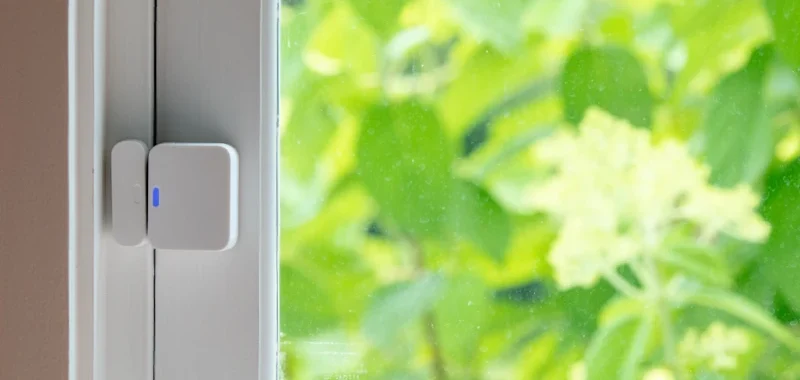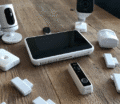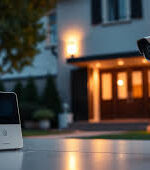
Installing an alarm system is a smart step toward securing your home, but placing the sensors in the right locations is equally important. Improperly placed sensors can lead to blind spots or frequent false alarms, reducing the effectiveness of your system. For homeowners in 2025, knowing where to install alarm sensors can make all the difference in preventing break-ins and ensuring fast detection of suspicious activity.
Start with the main entry points of your home. Doors, especially the front and back entrances, should always be equipped with contact sensors. These are the most common access points for intruders, and having sensors here ensures you’re alerted the moment a door is opened unexpectedly. Sliding glass doors or side entrances should also be covered, as these are often targeted due to their perceived vulnerability.
Windows, particularly those on the ground floor or those that are easily accessible, should be equipped with either contact sensors or glass break sensors. Glass break sensors are especially valuable in rooms where large windows may be vulnerable to forced entry, as they can detect the sound frequency of breaking glass and trigger the alarm immediately.
Hallways and staircases are key areas for motion sensors. These are high-traffic zones that intruders must pass through, making them ideal locations for movement detection. A well-placed motion sensor in a central hallway or at the base of a staircase can catch movement before an intruder reaches deeper into the home.
Don’t overlook garage entrances and basement doors, which are often less visible but can be exploited by burglars. These access points should be covered by both contact and motion sensors to monitor any movement or unauthorized opening.
It’s also wise to place motion detectors in main living areas like living rooms or kitchens. These are spaces where an intruder is most likely to spend time if they enter the home. Ensure these sensors have a clear line of sight and are not blocked by furniture or curtains for optimal performance.
In homes with children or pets, consider using sensors with adjustable sensitivity or pet-immune motion detectors to reduce false alarms while maintaining effective coverage. Placement at the appropriate height can also help avoid unnecessary triggers.
Professional installation ensures optimal placement and calibration, but if you’re setting up a DIY system, take time to test each sensor after installation. Walk around your home to simulate intrusion routes and ensure your alarm system is responsive in every area of concern.
At KANCAM, we assist homeowners with the design and installation of complete alarm systems, including expert advice on sensor placement. Our goal is to ensure that every zone of your home is protected, giving you peace of mind through smart, well-thought-out security coverage.





